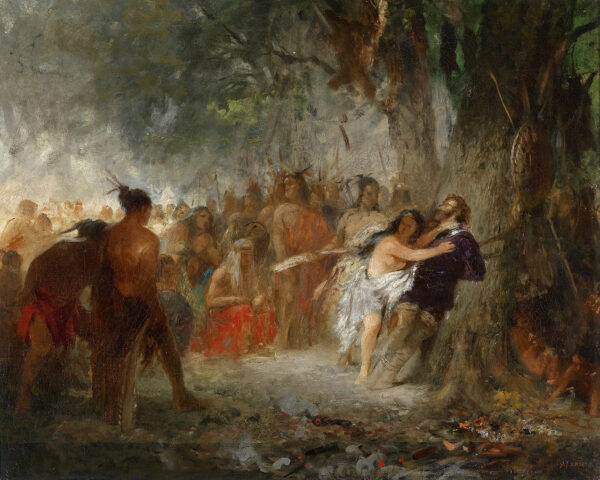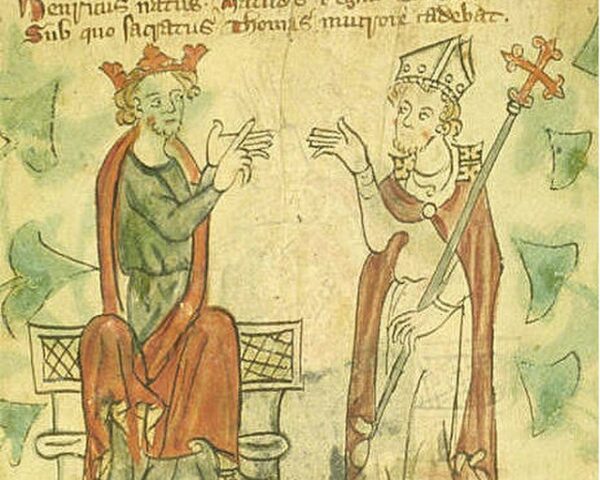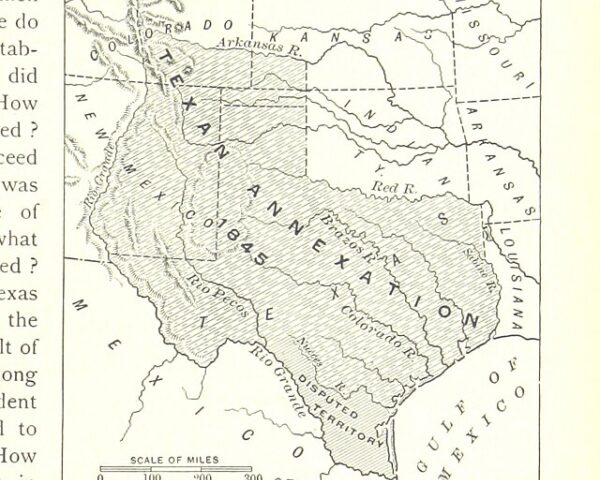On September 1, 1715, the sun set on the longest-reigning monarch in history. “The story of Louis XIV’s death is worthy of a Shakespearean tragedy,” writes the Palace of Versailles.
His health started to decline on August 10 1715 upon his return from a hunting trip in Marly, when he felt sharp pains in his leg. Fagon, his doctor, diagnosed sciatica. But the pain was always in the same place, and shortly afterwards black marks appeared, indicating senile gangrene. Despite excruciating pain, the king carried on with his daily routine without flinching, fully intending to do his duty to the end. The veteran monarch seemed unshakeable, to the great admiration of all the courtiers. However, on August 25, the day of Saint Louis, he was forced to remain in bed, and thereafter never left his bedchamber.
The gangrene worsened, and on the 26th it had spread to his bone. The doctors were powerless. That same day the king received his five-year-old great-grandson, the future Louis XV, to give him advice. He recommended him to lighten the burden on the people and avoid going to war as much as possible, declaring: “It is the ruin of the peoples.” Aware of his own sins, the sovereign, whose foreign policy had rested entirely on waging war, asked his grandson to remain “a peaceful prince.’
The king took longer than expected to die. Three times he bade farewell to Mme de Maintenon, and twice to the Court. On August 29 a man who claimed to have a miracle cure, one Brun, was granted permission to approach the royal bed. The king did feel better afterwards, but the damage had been done, and on August 30 and 31, he began to drift in and out of consciousness. On the morning of September 1 he died. For eight days his body was displayed in the Mercury Room, and on the 9th was transported to Saint-Denis, the burial place of the kings of France.”
Louis XIV reigned for 72 years and 110 days. Louis XIV’s long tenure on the throne is often referred to as the Grand Siecle or Grand Century due to the incredible development of art and literature, along with the construction of the Palace of Versailles, the effects of the French Wars of Religion, and the impacts of the Thirty Years’ War.
Born on September 5, 1638, to King Louis XIII of France and his Habsburg queen, Anne of Austria, the future Louis XIV was his parents’ first child after 23 years of marriage; in recognition of this apparent miracle, he was christened Louis-Dieudonné, meaning ‘gift of God,'” writes The History Channel.
At the young age of 4-years-old, Louis inherited the crown of a fractured, unstable and nearly insolvent France, but over time his time on the throne became one of legends. From 1643 to 1715, Louis XIV ruled over France with unprecedented authority and charisma, leaving an indelible mark on the nation’s culture, politics, and international relations. His reign is often associated with the zenith of absolute monarchy, marked by his centralization of power and his embodiment of royal grandeur.
Louis XIV’s reign witnessed the consolidation of royal authority in a manner unparalleled by his predecessors. He meticulously cultivated an aura of divine right and propagated the idea that he was the embodiment of the state itself. This notion was famously encapsulated in his declaration “L’État, c’est moi” (I am the state). This centralization of power allowed him to exert control over various aspects of French society, from the nobility to the burgeoning bureaucracy.
A defining feature of Louis XIV’s rule was his grand project of transforming the Palace of Versailles into the epicenter of political and cultural life. The opulence and extravagance of the palace served as a reflection of his power, with its meticulously designed gardens, awe-inspiring architecture, and sumptuous courtly rituals. By requiring the nobility to spend a significant portion of their time at Versailles, Louis XIV effectively tamed potential rivals and ensured their submission to his authority.
The reign of Louis XIV also witnessed France’s ascendancy as a dominant player on the global stage. His expansionist foreign policy pursuits, aimed at securing France’s borders and increasing its territorial influence, led to a series of wars that involved much of Europe. The most notable of these conflicts was the War of the Spanish Succession. These endeavors, while costly, helped solidify France’s status as a formidable European power and contributed to the spread of French culture and ideals across the continent.
Despite his many accomplishments, Louis XIV’s legacy is not without controversy. His lavish lifestyle, extravagant spending, and pursuit of military glory often came at the expense of the French populace, leading to economic hardships and social discontent. Moreover, his dogged persecution of religious minorities, such as the Huguenots, and his suppression of dissenting voices tarnished his reputation in the eyes of many. Nevertheless, Louis XIV’s imprint on history remains profound, as his reign set enduring benchmarks for the exercise of monarchical power and the cultivation of royal image and prestige.






